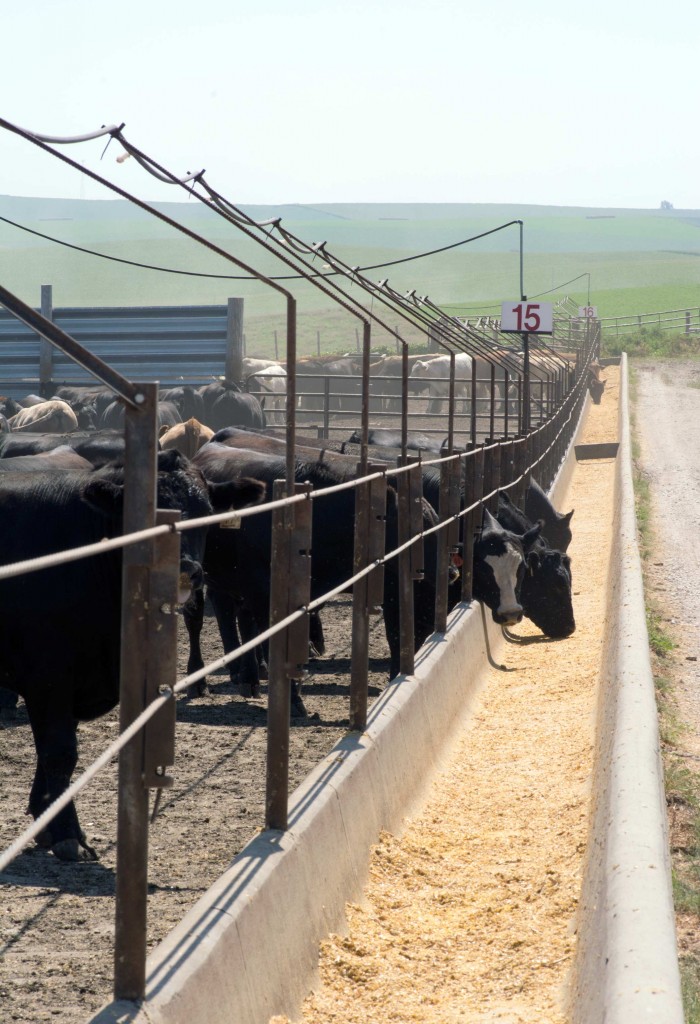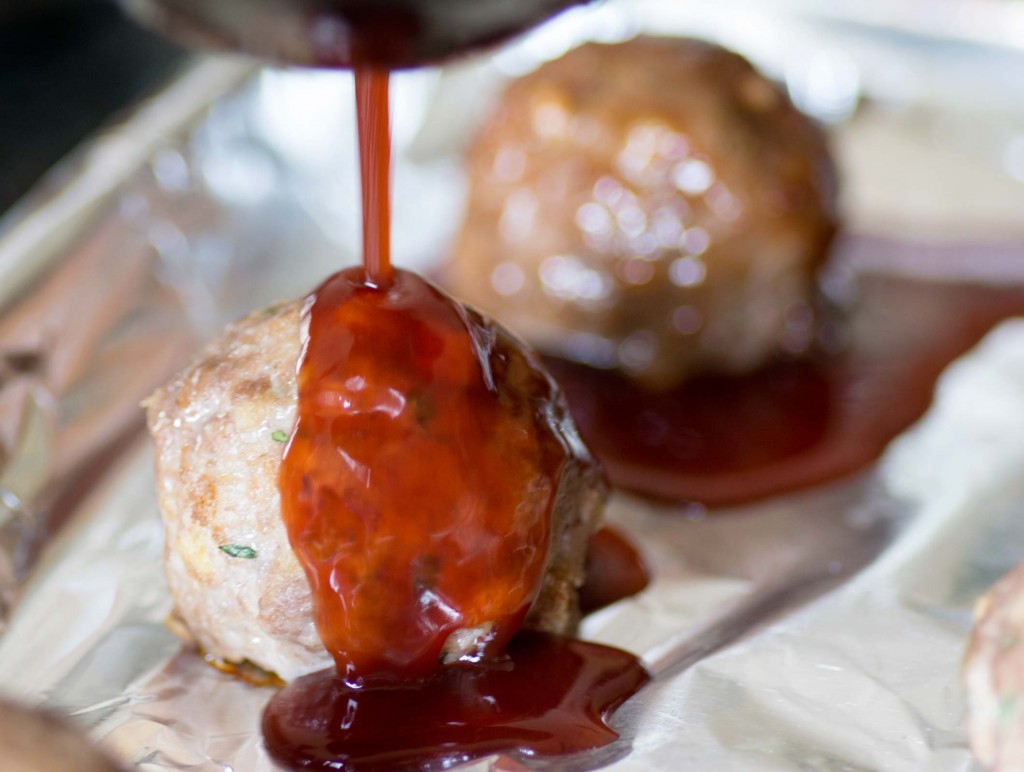
This post is a sponsored by CommonGround Nebraska. CommonGround is a national movement of farm women who want to share information about farming and food. CommonGround Nebraska are farm women in the state who volunteer their time working to help dispel myths and build trust in farm families. They aim to answer questions and share facts as well as their personal stories of farm life to find “common ground” between the food they grow and the food you eat! All thoughts & opinions expressed are mine.

Most people end up getting out of Dodge, but last month I found myself spending the day in Dodge, Nebraska. I traveled to Dodge with my mini me (Kristen- my intern) and we had the opportunity to visit with Joan Ruskamp, a cattle feeder and farmer. I was really looking forward to spending the day with Joan so that I could see firsthand what a day in her life looks like. Joan grew up in Grand Island, NE and is a graduate of Nebraska School of Technical Agriculture at Curtis in Veterinary Technology. Her role on the farm may have changed over the years, but she stays busy with bookwork, doctoring, processing and other duties around the farm. Joan enjoys being a CommonGround volunteer because it has given her the opportunity to chat with people who might not understand what life is like as a farmer and cattle feeder. Thanks to recent marketing campaigns by brands such as Chipotle, many consumers have questioned her farming practices. However, Joan loves to answer questions and she definitely helped shed some light on a few of the tough subjects she’s had to address the past few years. I think the biggest myths about cattle feeding is that cattle are crowded, “shot up” with hormones, given unnecessary antibiotics, and that the farmers mistreat the animals. What I saw on Joan’s farm that day was the complete opposite. I was surprised to see how much room the cattle had and I was really impressed with Joan’s knowledge about feeding, managing disease, and hormones. She also gave up some very valuable time to answer all my questions, which was very much appreciated. The photo below is the view from Joan’s front door. Do you think this looks like a factory farm?

It’s not quite a “factory farm,” is it? Joan prefers the term, “family farm” because the land was passed down by her husband’s family. In fact, all five of her children have helped around the farm over the years. I was really surprised to see how spread out the cattle were. I realize that I am not an expert in cattle, but I saw no signs of the cattle looking uncomfortable or crowded.
 There is plenty of room to roam….
There is plenty of room to roam….
 One of the most popular questions that Joan receives is about the amount of estrogen in beef. To help better illustrate the amount of estrogen in beef, Joan created a great visual teaching tool using jars of chocolate candies. The amount of candy represents the amount of estrogen present in eggs, peas, potatoes, and beef. I wasn’t able to capture the labels in this photo below, but the jar starting from the left represents 1 egg, then 1/2 cup peas, 1/2 cup potato, and then 1/4 pound of beef. Each candy represents 1 nanogram of estrogen, which is 1 billionth of a gram. (That’s a pretty small amount!)
One of the most popular questions that Joan receives is about the amount of estrogen in beef. To help better illustrate the amount of estrogen in beef, Joan created a great visual teaching tool using jars of chocolate candies. The amount of candy represents the amount of estrogen present in eggs, peas, potatoes, and beef. I wasn’t able to capture the labels in this photo below, but the jar starting from the left represents 1 egg, then 1/2 cup peas, 1/2 cup potato, and then 1/4 pound of beef. Each candy represents 1 nanogram of estrogen, which is 1 billionth of a gram. (That’s a pretty small amount!)
1 egg = 993 nanograms of estrogen
1/2 cup peas = 452 nanograms of estrogen
1/2 cup potatoes = 300 nanograms of estrogen
1/4 lb Beef = 1.7 nanograms of estrogen
 Yes, you read that correctly. According to Joan, 1/4 lb of beef actually contains less estrogen than 1 egg, 1/2 cup peas, and 1/2 cup potatoes. Wow!
Yes, you read that correctly. According to Joan, 1/4 lb of beef actually contains less estrogen than 1 egg, 1/2 cup peas, and 1/2 cup potatoes. Wow!

So what do cows eat? You might have heard something about “grass fed” vs. “grain fed.” I think it’s important to mention that all cattle start out on grass, so you could say that all cattle is grass fed. However, “grass fed” implies that that cattle are not finished on the grain you see pictured below. The way Joan explained it to me is that the diet of grain and other nutrients better supports what the cattle are bred for and helps build muscle. The cattle strictly fed grass their whole lives will not develop like those that are finished on grain. Joan said that one is not necessarily better or worse, but there is a difference in taste, quality, and price. If you want to eat beef that has only been fed grass it’s whole life, you can expect to pay more for it. The Ruskamps finish their cattle on a diet that consists of grain and other nutrients, and their diet is carefully monitored each day.
 As far as antibiotic use, Joan says that they only use antibiotics when they need to treat a sick animal. The inhumane thing would be to not give the animal medicine to improve. It was also interesting to learn how treatments have changed over the years. They can give one treatment that can last 10 days, compared to many years ago farmers were giving higher doses for longer periods of time. Also, antibiotics are only administered in the neck region and not other areas of the body. Fascinating!
As far as antibiotic use, Joan says that they only use antibiotics when they need to treat a sick animal. The inhumane thing would be to not give the animal medicine to improve. It was also interesting to learn how treatments have changed over the years. They can give one treatment that can last 10 days, compared to many years ago farmers were giving higher doses for longer periods of time. Also, antibiotics are only administered in the neck region and not other areas of the body. Fascinating!
They also have a pretty amazing farm dog. Meet Zooey.
 And Zooey really likes the view from her office.
And Zooey really likes the view from her office.
 And now let’s talk about this recipe….
And now let’s talk about this recipe….
I asked Joan if she had any great recipes she wanted me to feature. She told me about this one and I immediately thought about using this recipe for football season!
 The glaze is a mix of chipotle sauce mixed with grape jelly. I know that might sound a little crazy, but once mixed together, it tastes just like BBQ sauce with a little kick.
The glaze is a mix of chipotle sauce mixed with grape jelly. I know that might sound a little crazy, but once mixed together, it tastes just like BBQ sauce with a little kick.
 These are 2 oz meatballs in the photos.
These are 2 oz meatballs in the photos.

Special thanks to CommonGround Nebraska and Joan for sharing this recipe! If you have any questions about Joan’s farm or farming practices, please feel free to reach out.






